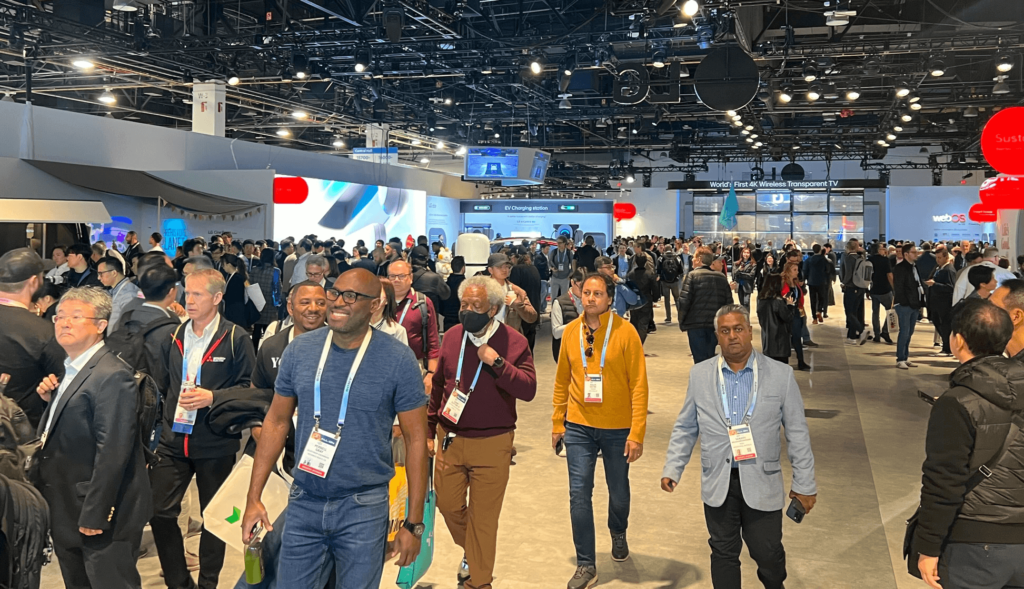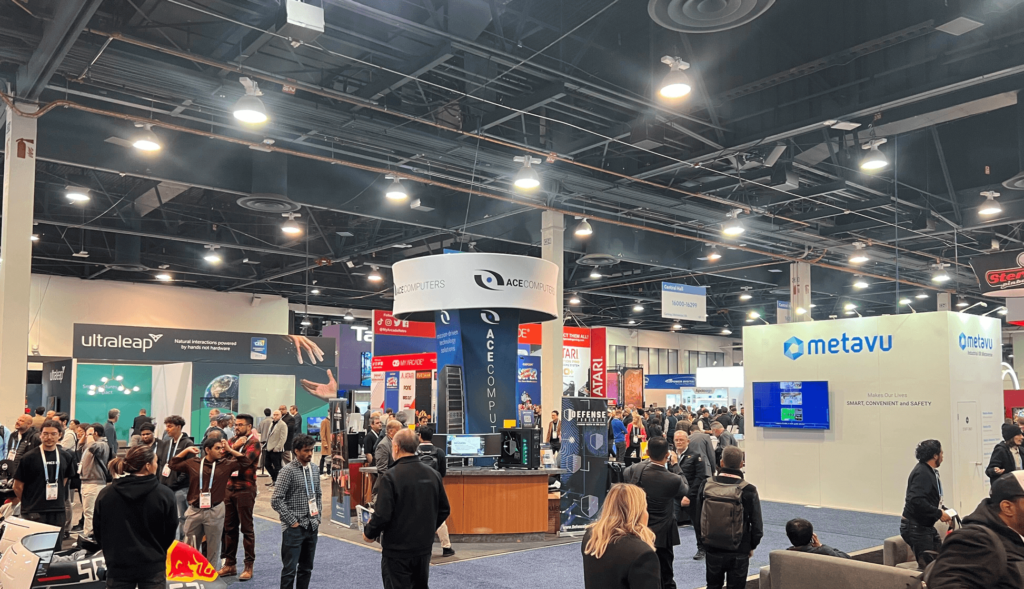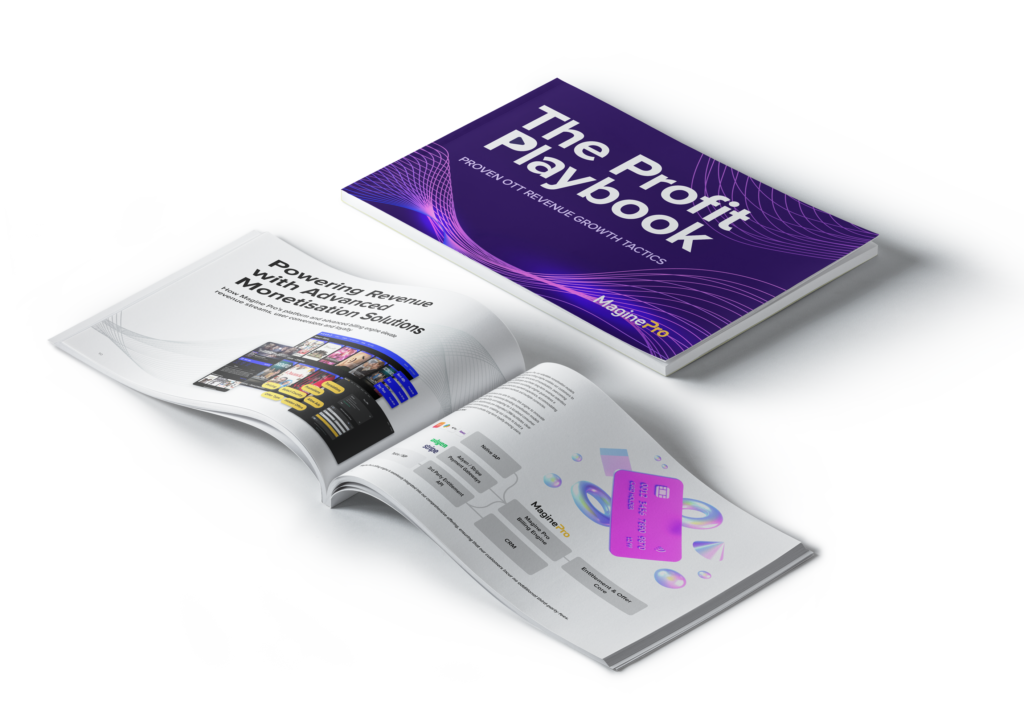Decoding the Pricing Puzzle: Navigating Streaming Platform Costs

Pricing models come in a variety of shapes and sizes which makes it tricky to compare OTT platform vendors.
- Fixed Per-User Pricing: A fixed fee is charged per subscriber or active user. Since the vendor is taking a risk, there is often a high premium in order to cover costs in the event that you have very high activity per user. It’s simple to understand but does not scale.
- Bucket Pricing: You pay a fixed fee each month that includes a certain amount of users or usage. It is predictable but you have to stay within the bucket in order for it to be worth it. If you grow, there could be high overage or you have to purchase another bucket that you likely will not fill. If you lose users, you will be paying for something you don’t need.
- Package Pricing: You like the price of the Basic Package but prefer the options in the Premium Package. Unfortunately, you can’t get the best of both worlds so you end up either disappointed by the Basic or perhaps over budget with the Premium.
- Tiered Usage Pricing: The most transparent and scalable option that we at Magine Pro prefer to use. You pay less on a per-unit level as you grow which increases your Gross Margin and lets you focus more of your capital on content and customer acquisition. The other benefit is that you only pay for what you use, as there are no minimum commitments or expensive overages.
Complexity in Comparing
While this diversity in pricing models aims to cater to the diverse needs of customers, it also contributes to the complexity of vendor comparisons. Several other factors also contribute to this complexity:
- Feature Parity vs. Value: Vendors may offer similar features but bundle them differently across pricing models, making direct feature comparisons challenging.
- Hidden Costs and Add-Ons: Additional fees for integrations, support, training, or customization can significantly impact the total cost of ownership but may not be immediately apparent.
- Scalability and Flexibility: Pricing models often lack transparency regarding how costs will scale as the business grows or usage increases, making long-term budgeting difficult.
- Contractual Terms: Variations in contract terms, such as billing frequency, renewal terms, and cancellation policies, further complicate comparisons.
Navigating the Pricing Maze
Despite the complexity inherent in SaaS pricing models, businesses can employ several strategies to navigate the maze and make informed decisions:
- Define Requirements Clearly: Start by clearly defining your requirements and prioritizing features that are critical for your business. This will help you evaluate vendors based on your specific needs.
- Request Detailed Quotes: Reach out to vendors for detailed quotes that outline all costs, including any potential add-ons or hidden fees. Ask for clarity on pricing tiers and scalability.
- Consider Total Cost of Ownership: Look beyond the sticker price and consider the total cost of ownership over time, including implementation, support, and possible increase in headcount.
Ask and Validate
While comparing SaaS vendors based on pricing models can be challenging, it all comes down to numbers in the end. If you have a forecast then Magine Pro can help you with a Business Model so you know exactly what your costs will be over time. We will gladly go through it in detail so you feel confident and comfortable as you embark on your streaming service journey with Magine Pro.
______________________________________________________________________________________
Interested in learning more about OTT business models? Our comprehensive e-guide has you covered with all the essentials. And if you’re eager to delve into strategies for maximising revenue through content monetisation, don’t miss our white paper, ‘The Profit Playbook: OTT Revenue Growth Tactics‘.
Book a meeting with a member of the team to discuss pricing models and monetisation in more detail.
The OTT Billing Blueprint: 5 Tactics to Boost Revenue and Retention
Mastering effective billing strategies is crucial to boost OTT revenue and retention. As consumer preferences and market dynamics continue to shift, OTT providers must adapt their billing approaches to meet evolving demands and maximise revenue potential.
One of the primary challenges facing OTT platforms is maintaining a balance between generating revenue and retaining subscribers. Effective billing strategies play a central role in achieving this balance by offering flexible options that cater to diverse user preferences while ensuring sustainable monetisation.
Here are our five top tips for mastering effective billing strategies for OTT platforms:
- Understand Your Audience: Analyse user data to gain insights into subscriber preferences and payment habits. Tailor your billing models to align with user expectations, driving higher conversion rates and reducing churn.
- Offer Multiple Payment Options: Provide a variety of payment methods to accommodate diverse user preferences and geographical considerations. A seamless and convenient payment experience enhances customer satisfaction and retention.
- Implement Dynamic Pricing Strategies: Leverage data analytics and machine learning algorithms to segment users into different pricing tiers based on behaviour and consumption patterns. Offer personalised pricing plans tailored to individual preferences and usage levels to increase subscription upgrades and maximise revenue.
- Maintain Transparent Billing Practices: Clearly communicate subscription fees, billing cycles, and any additional charges to build trust and confidence among subscribers. Offer flexible billing options such as monthly, yearly, or pay-per-view plans to empower users to choose the option that best suits their needs.
- Focus on Customer Experience: Prioritise a user-friendly billing experience by providing intuitive billing interfaces, easy-to-understand billing statements, and responsive customer support. Enhancing the overall customer experience fosters satisfaction and loyalty, driving long-term success for your OTT platform.
Mastering effective billing strategies is essential for OTT platforms looking to thrive in today’s competitive landscape. By understanding your audience, offering multiple payment options, implementing dynamic pricing strategies, maintaining transparent billing practices, and focusing on customer experience, you can optimise revenue generation, reduce churn, and ensure long-term success.
Interested in diving deeper into billing strategies? Download our latest white paper, ‘The Profit Playbook,’ for valuable insights into strategies that reduce churn and ensure long-term revenue maximisation. Additionally, explore ‘The Essentials of OTT Monetisation,’ our e-guide that delves into the intricacies of subscription, transactional, and advertising models.
If you’d like to discuss monetisation models further or explore the capabilities of Magine Pro’s advanced billing engine, connect with our experienced team. Visit our blog for more resources and explore our entire collection of white papers available for download. Stay updated with the latest news, events, partnerships, and product announcements by subscribing to the Magine Pro e-newsletter.
Takeaways from CES 2024 for video service providers
The annual Consumer Electronics Show (CES 2024) always grabs global headlines with eye-catching new gadgets and ever-expanding TV screen sizes. This year was no different, with acres of coverage for LG and Samsung’s new transparent TV screens, the latest virtual reality concepts, and robots that will make you anything from a cocktail to a stir-fry.
But, like the bright lights and razzmatazz of the host city, Las Vegas, the show-floor glitz of CES 2024 is largely a temporary distraction for the video entertainment industry. Behind the scenes, there are serious conversations about the future of streaming. So what were video service providers really talking about at CES 2024?
Magine Pro’s Sales Director, Neil Fender, at CES 2024.
Interest in AI is becoming more targeted
Just as we saw at IBC and NAB in 2023, Artificial Intelligence (AI) continued to be a major buzzword. Our CEO, Matthew Wilkinson, touched on this important topic in his recent blog on Large Language Models and Generative AI. But the partners and customers (both current and future) that I spoke to in Las Vegas are increasingly focused on the practicalities of deploying this constantly evolving technology. They’ve gone beyond wondering how AI might revolutionise the industry in the future, to looking at very specific use cases that will advance their short-term goals, not just their longer-term planning.
With consumers around the world becoming increasingly cost-conscious, churn is a massive area of focus for every streaming service, no matter what combination of business models they’re using. The video services I spoke to are looking for a strong and immediate return on investment for any foray into AI. In particular, they want it to keep consumers engaged so they’re less likely to look elsewhere for content. The benefits of offering personalized content recommendations are the most often-cited strategy for growing engagement, so it was a pleasure to be able to talk about the AI-powered recommendation capabilities in Magine Pro’s end-to-end OTT streaming platform .
I was also happy to talk through some of the tactics that have paid dividends for our existing customers when tackling churn. For example, the “dunning” functionality in our advanced billing engine enables them to systematically communicate with consumers whose payment methods have expired or failed. This proactive strategy prevents passive involuntary churn, minimising customer loss and ensuring a positive user experience. Another proactive approach is to automate “win-back” strategies. This means offering targeted discounts to certain users who have recently churned, or shown signs of being a flight-risk, to help keep them on-board.
We’ll have more about these tactics in our upcoming e-guide on advanced OTT monetization strategies. Register now to be among the first to get the guide, which will also explain some of the reasons we champion hybrid monetization models.
No moving out of the FAST-lane
I don’t think anyone was surprised to find that FAST – another of the biggest streaming trends of 2023 – was still a hot topic at CES. The low barriers to entry mean that FAST channels continue to be the most popular route into the streaming market for content owners, particularly in the US market.
The FAST trend I heard most about at CES, however, was those who’ve dipped a toe into streaming with FAST channels via aggregation platforms like Roku, Amazon, LG, and Samsung and now want their own suite of streaming apps to build a direct relationship with consumers. We had some excellent conversations at CES with technology partners and customers about how we can help them make that ambition a reality with the Magine Pro OTT platform because it’s quick and easy to launch, but also customizable so it can grow with their business.


Want to know more?
If you weren’t able to make it to CES 2024, you can book a meeting with our team to talk about how AI recommendations could improve your engagement, or how Magine Pro can elevate your content distribution and monetization strategies.


